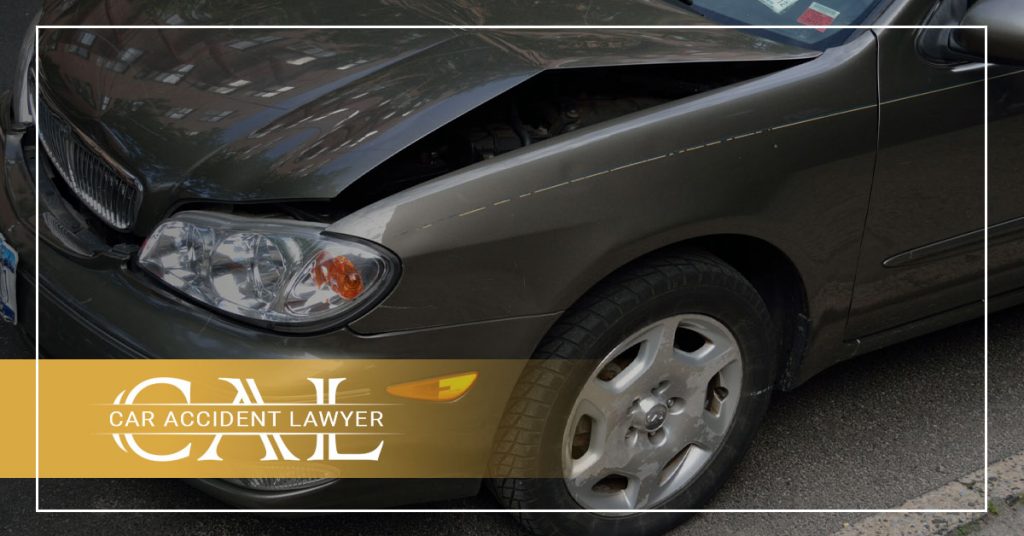According to car insurance industry statistics, the average driver can expect to file a collision claim about once every 17.9 years, which means an average of about 3-4 car accidents per lifetime. Whether behind the wheel or not, accidents do happen to all of us. So we can only hope that they’re as minor as a fender bender. And as fixable as possible when they occur.
Still, even the most minor fender bender can be a severe pain no matter which driver is at fault. A low-speed, easily repairable car accident is indeed still a car accident after all. And such unexpected costs can pose quite a burden on your schedule and your wallet.
Luckily, as surely as accidents happen, a few reliable practices can help you avoid or minimize such dangers altogether. Keeping both you and your vehicle safe.
Cut Out Distractions
The National Highway Traffic Safety Administration estimates that approximately 1,000 people are injured daily in accidents involving a distracted driver. Therefore, you should be sure your attention stays only on the road from the moment you put the key in the ignition.
As we all know, modern life itself is distracting, both before and after you take the wheel. Your phone might buzz, an unexpected sight might catch your eye, or you might have needed to take your breakfast on the go before work. Nonetheless, all it takes is one moment of inattention for your car to meet even the slightest unintended contact. So it’s unquestionably for the best to let any distractions wait until you’re out of the driver’s seat.
Leave Enough Space For Other Vehicles
We’ve all been there: the car in front of you slammed on its brakes, so you slam yours. In these moments, the only thing that separates a fortunate near-miss from a fender bender is the time and distance from your bumper to that of the car ahead.
One easy way to ensure enough space between your vehicle and someone else’s. Is to keep one car length of space between them for every ten miles-per-hour of your speed. So, if you’re both traveling at forty miles per hour, try to visualize the space of four cars between you as you drive, and so on.
Even as you come to a stop behind a decelerating vehicle, be sure to leave enough space to see the bottoms of the vehicle’s rear tires through your windshield. You never know what the car ahead of you might see that you cannot. So maintaining safe distances is a great way to ensure readiness for any potential reaction.
Use Maximum Discretion in Parking Lots
There is a reason that a great many accidents occur as motorists pull out of their own driveways. Which is a risk that parking lots compound several times over. With their high levels of congestion and heightened potential for distraction, parking lots can be a minefield for fender benders. After all, any number of cars could be entering or exiting spaces at any moment. With largely obstructed views no less.
Therefore, low speeds and constant mindfulness of every given detail in your surroundings are absolutely essential. Whether ahead of you, in your side or rearview mirrors, or your blindspots, be sure to stay aware of any movement or signals around you, from reverse lights to even the slightest crawl forward. Enter, exit, and peruse for spaces as slowly and carefully as possible. But, when in doubt, always let other cars pass first.
Stay Mindful of Weather Conditions
Even for the most defensive driver, ice, snow, or even the smallest drizzle can impact your car’s ability to maneuver as intended. When roads are slick enough to turn even the most abrupt use of your car’s brakes into a slide, your everyday safe driving habits simply might not cut it. Thus, even if it means driving under the speed limit, always be sure to employ lower driving speeds. As well as, keep a greater distance in any kind of inclement weather.
Especially when driving in such conditions, it’s all the more important to be certain that your tires still have enough tread to maintain traction on the road as intended. One way to be sure of this is the “penny test”: insert a penny head-first into your tires’ tread. If you can see the top of Lincoln’s head, you replaced your tires.
Expect the Unexpected
For any given rule of the road, one thing you can absolutely count on is any given driver out there breaking that rule at any given time. No matter how defensively you drive, it’s no guaranteed prevention from accidents, and fender benders can come from anywhere.
So, with that in mind, don’t take attentive drivers for granted and never assume your fellow motorists will always obey the rules of the road. The roads possess no shortage of speeders, tailgaters, blind mergers, red-light runners, stop sign rollers, and illegal u-turners. And we can only try to avoid suffering for their errors by remaining as conscious of their possible emergence as we can.
Yet in any case, we all of course have our bad days, which brings us to:
So You Still Got Yourself in a Fender Bender…What Now?
Don’t panic…it could have been far worse! Firstly, come to a complete stop. Then make certain that both you and the driver and/or passenger(s) of the other vehicle aren’t injured.
From there, you can follow this simple, comprehensive guide to navigating the next steps and ensuring all information surrounding the accident is safely and accurately documented.
Furthermore, finding the right car accident lawyer will be the most secure way of mitigating any of the resulting cost and hassle, so if you’ve experienced a fender bender, please be sure to contact us on our website and schedule a free consultation.
Safe driving!

